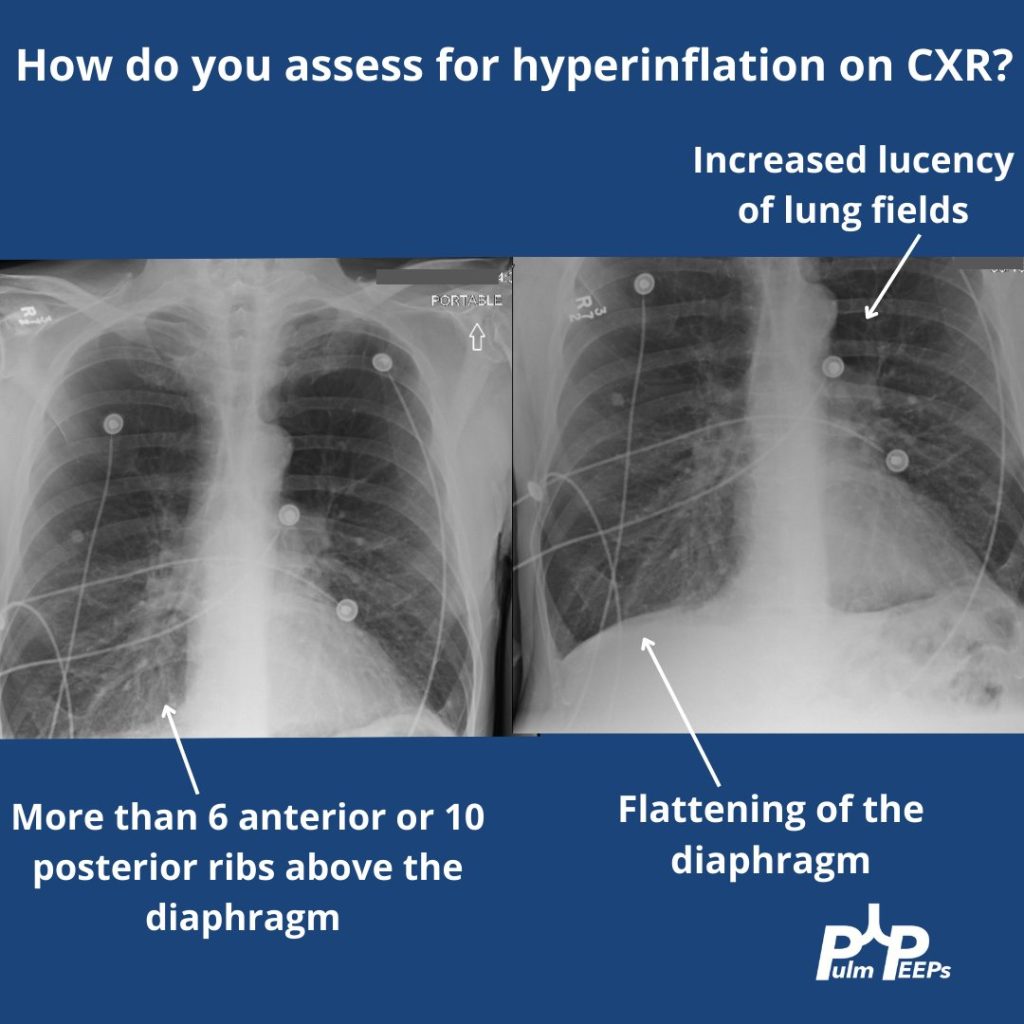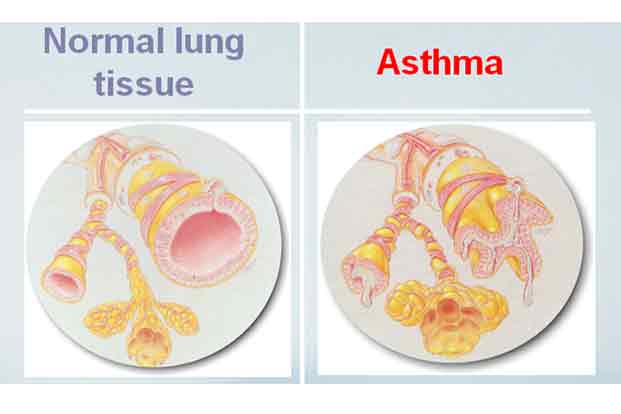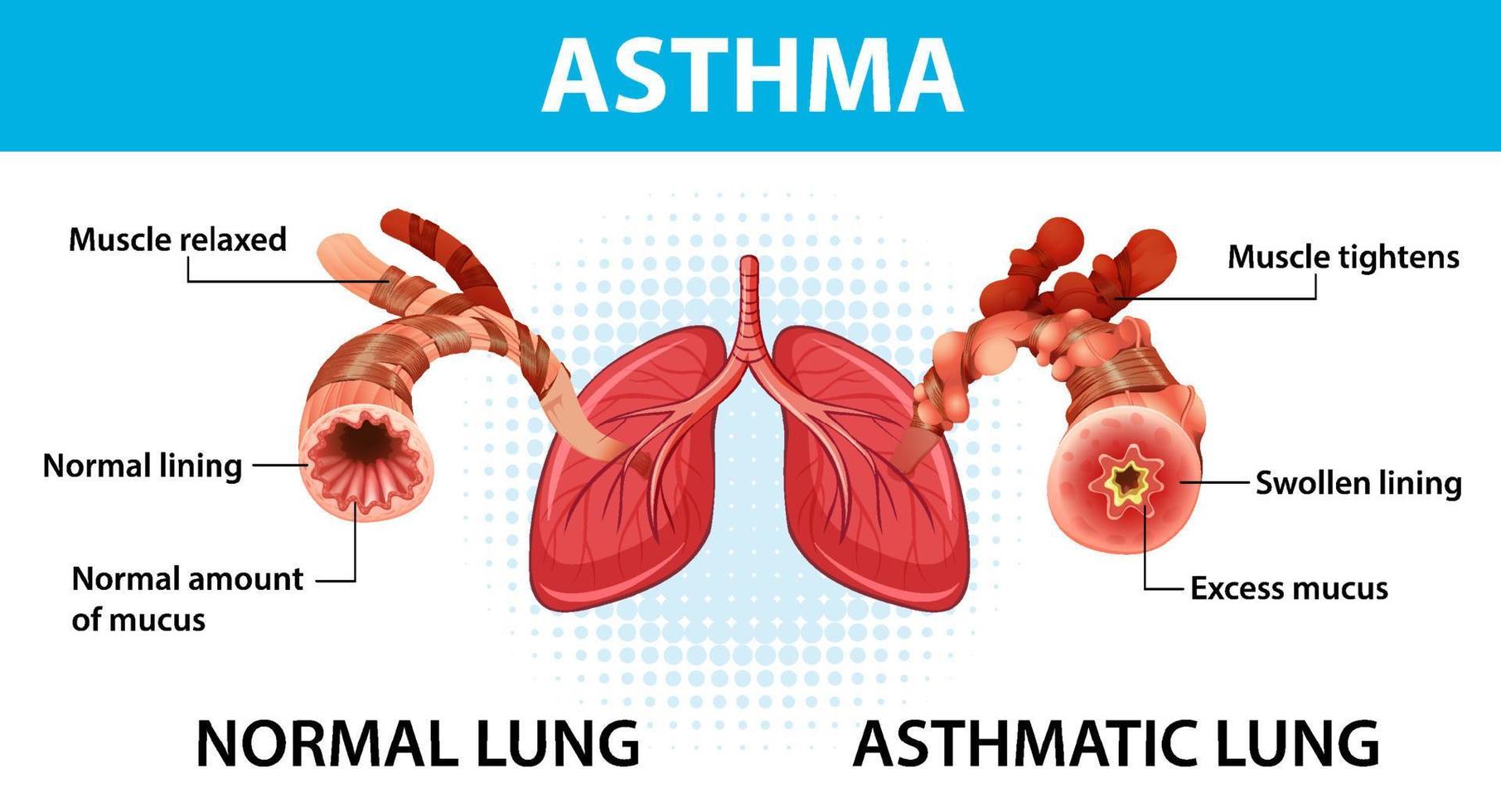Does Asthma Cause Hyperinflated Lungs

Imagine a child, bright-eyed and full of energy, suddenly struggling to catch their breath after a playful chase in the park. Their chest heaves, and a wheezing sound fills the air. This is a common scenario for families dealing with asthma, a chronic respiratory condition that affects millions worldwide.
At the heart of the matter lies a crucial question: Does asthma lead to hyperinflated lungs? The answer is complex, but essentially, long-term asthma, particularly when poorly managed, can indeed contribute to hyperinflation of the lungs.
Understanding Asthma and Its Impact
Asthma is characterized by inflammation and narrowing of the airways, making it difficult for air to flow in and out of the lungs. During an asthma attack, the muscles around the airways tighten, the lining of the airways swells, and mucus production increases, further obstructing airflow.
This obstruction can lead to air trapping within the lungs, especially during exhalation. Over time, this chronic air trapping can result in pulmonary hyperinflation, where the lungs become overexpanded and less efficient at gas exchange.
The Role of Air Trapping
Air trapping is a critical factor linking asthma to hyperinflated lungs. When the airways are narrowed, it's harder to exhale completely. Think of it like trying to empty a balloon through a very narrow opening – air gets trapped inside.
Repeated episodes of air trapping can cause the alveoli, the tiny air sacs in the lungs, to stretch and lose their elasticity. This loss of elasticity means the lungs can't effectively recoil and expel air, contributing to hyperinflation.
Long-Term Consequences
Chronic pulmonary hyperinflation can have several long-term consequences. It can flatten the diaphragm, the primary muscle responsible for breathing, making it less effective.
This can also lead to a barrel-shaped chest, a physical manifestation of the lungs being chronically overexpanded. Moreover, hyperinflated lungs can impair gas exchange, leading to reduced oxygen levels in the blood.
Managing Asthma to Prevent Hyperinflation
The good news is that with proper management, the risk of developing hyperinflated lungs from asthma can be significantly reduced. Effective asthma management focuses on controlling airway inflammation and preventing asthma attacks.
This typically involves the use of inhaled corticosteroids, which reduce airway inflammation, and bronchodilators, which relax the muscles around the airways and open them up. Regular monitoring of lung function with peak flow meters and spirometry can also help detect early signs of air trapping and hyperinflation.
Patient education is also paramount. Understanding triggers, proper inhaler technique, and the importance of adherence to prescribed medications are all key to effective asthma management.
"Effective management is key to preventing long-term lung damage in individuals with asthma," emphasizes Dr. Anya Sharma, a pulmonologist at the National Respiratory Institute.
Beyond Medication: Lifestyle and Environmental Factors
Lifestyle and environmental factors also play a significant role in managing asthma and preventing lung damage. Avoiding triggers such as allergens, pollutants, and tobacco smoke is crucial.
Regular exercise, when appropriate and under medical supervision, can help improve lung function and overall respiratory health. Maintaining a healthy weight can also reduce the strain on the lungs.
Pulmonary rehabilitation, a program designed to improve lung function and quality of life for individuals with chronic respiratory conditions, can also be beneficial for those with asthma and hyperinflated lungs.
A Breath of Hope
While the connection between asthma and hyperinflated lungs is real, it's not an inevitable outcome. With proactive management, a collaborative approach between patients and healthcare providers, and a focus on lifestyle and environmental factors, individuals with asthma can lead full and active lives without the burden of chronically overexpanded lungs.
The journey to managing asthma is a marathon, not a sprint. By embracing knowledge, adhering to treatment plans, and fostering a supportive environment, we can empower individuals to breathe easier and live healthier, one breath at a time.
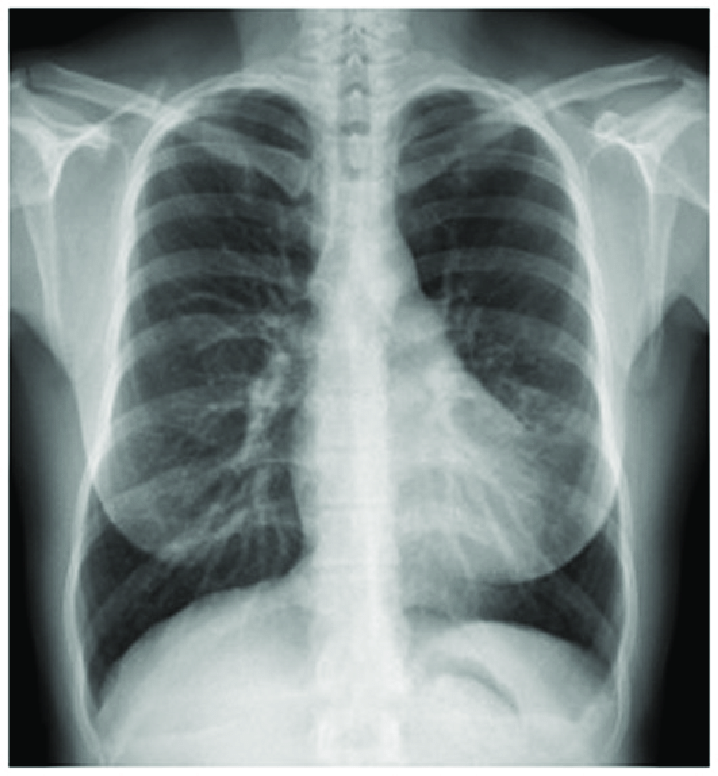
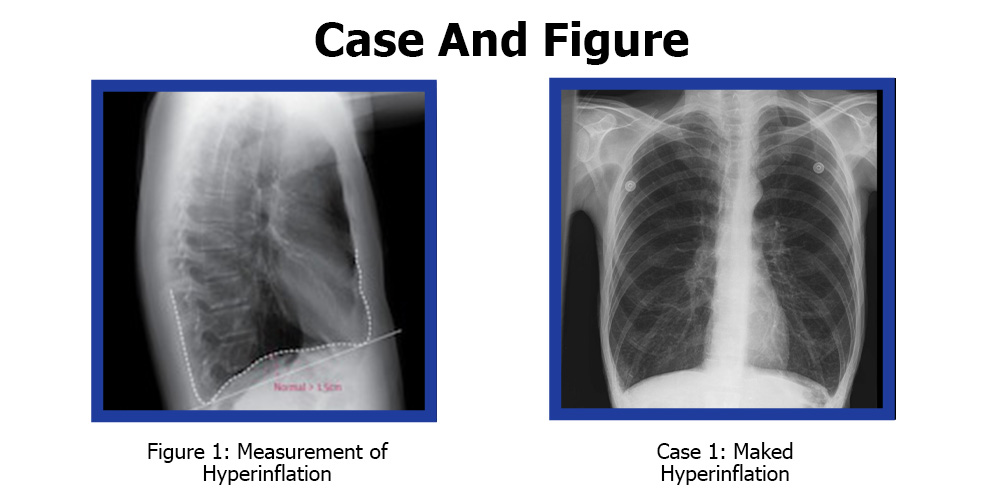
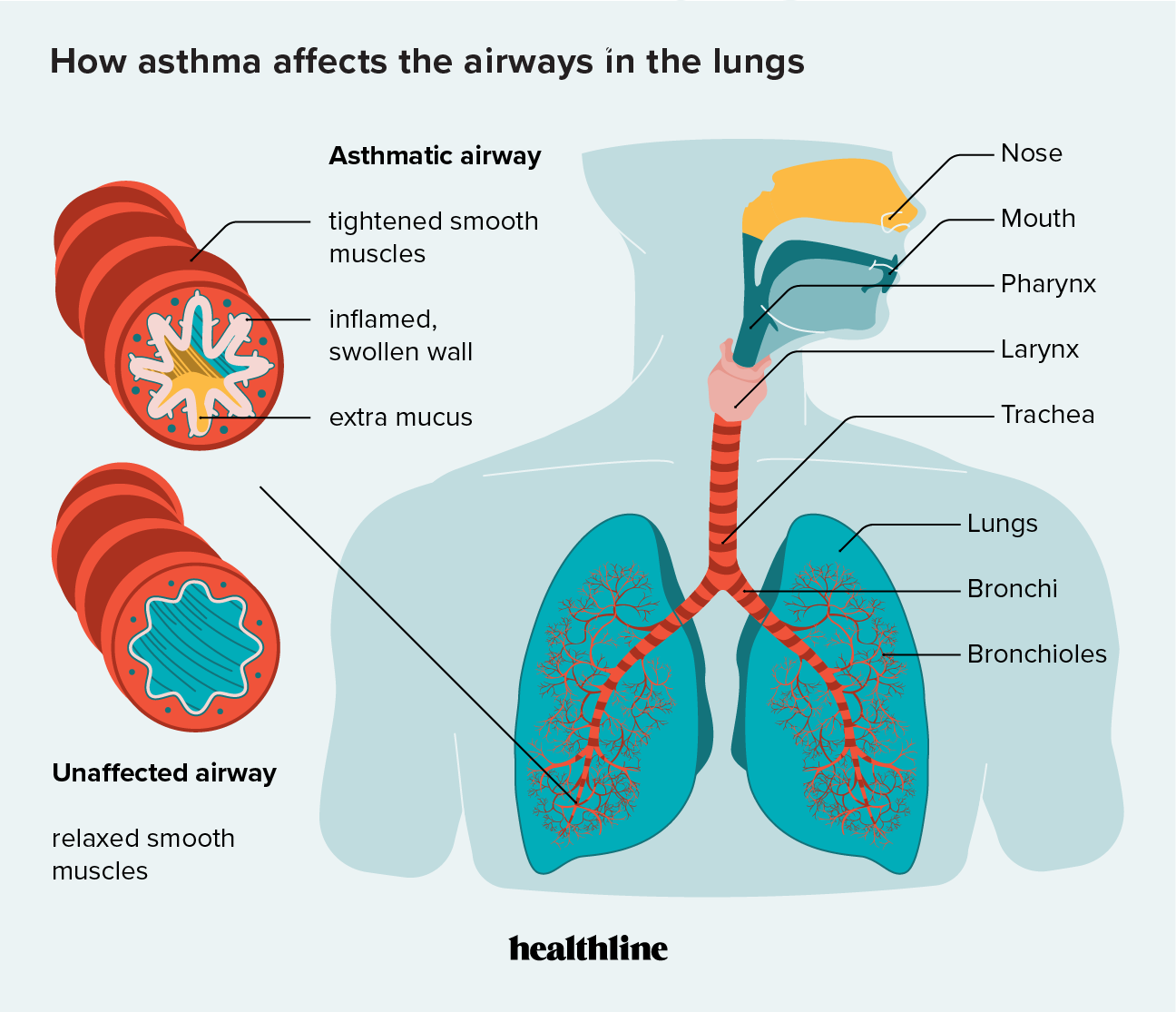





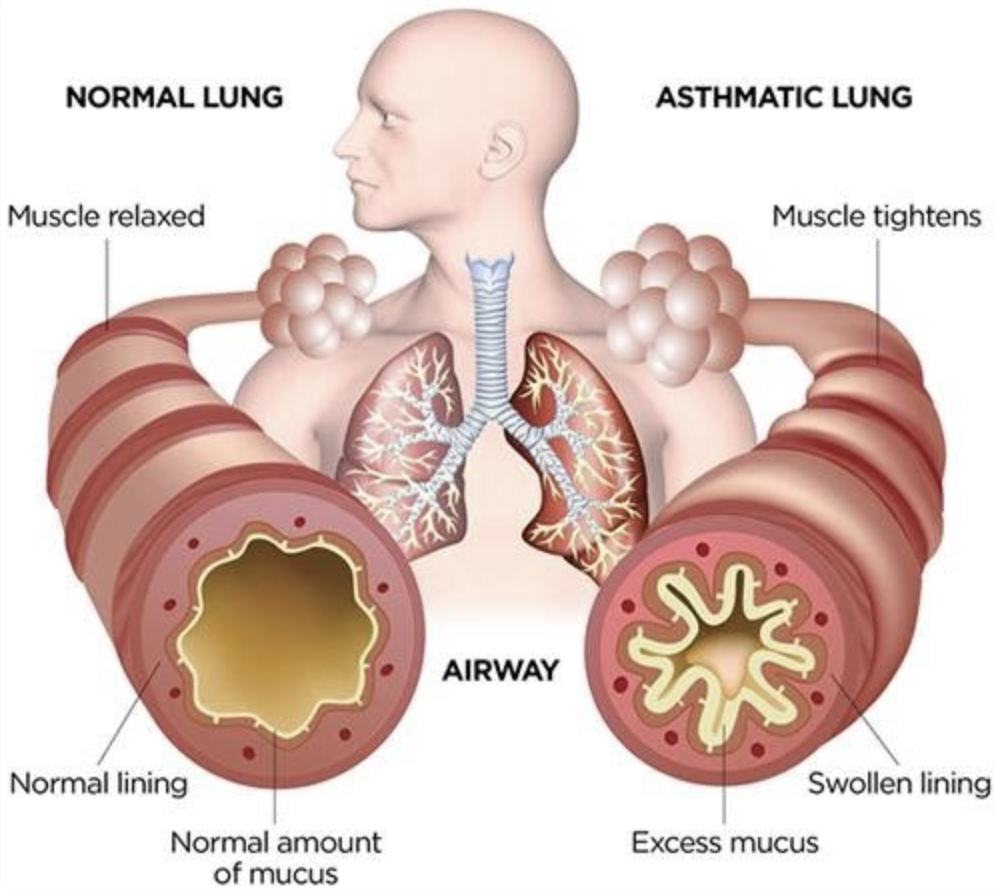
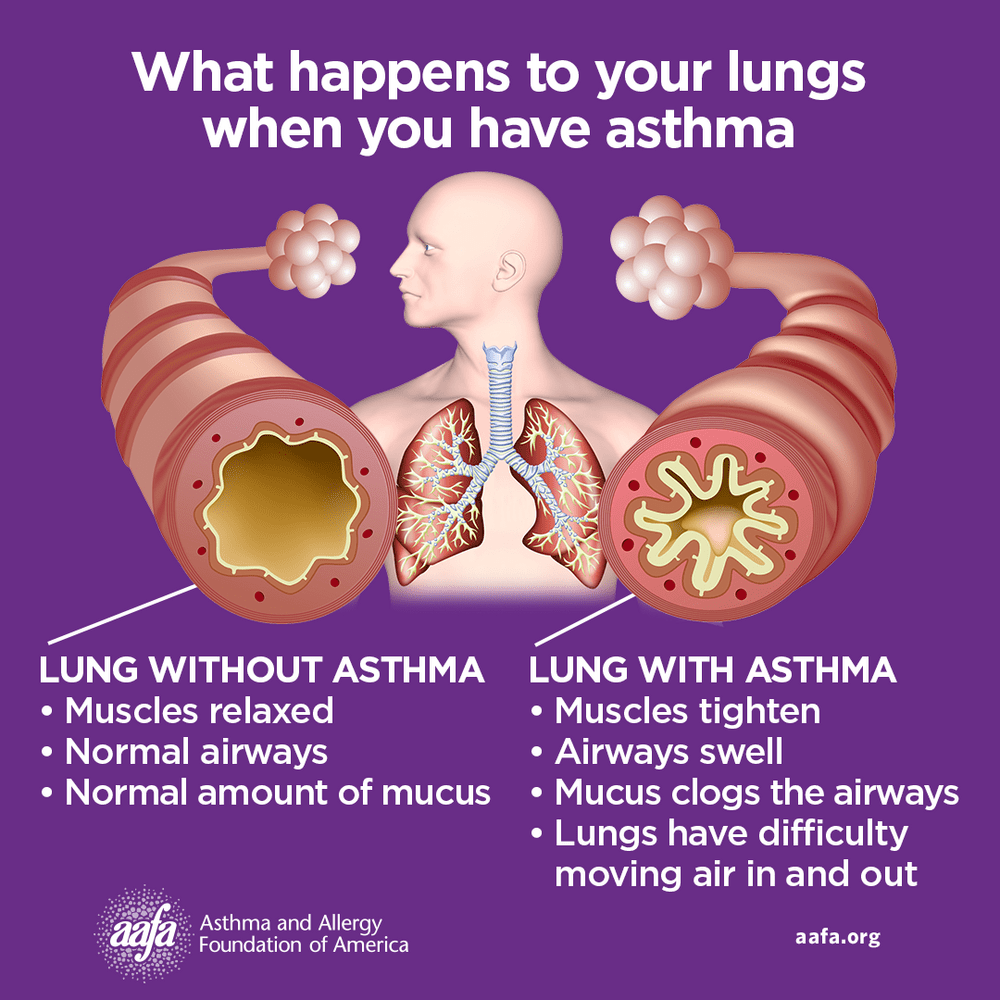
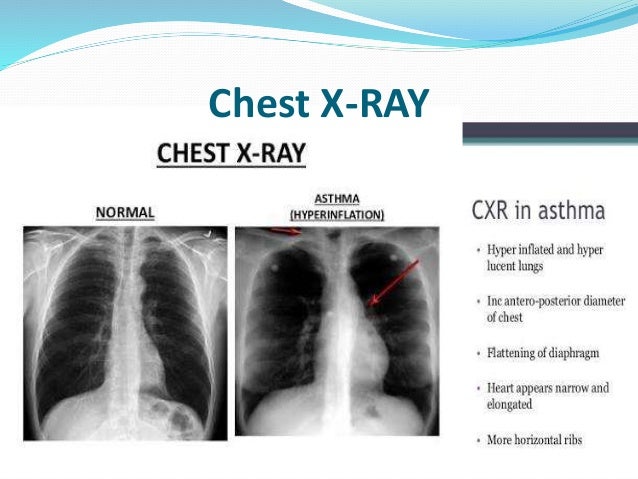
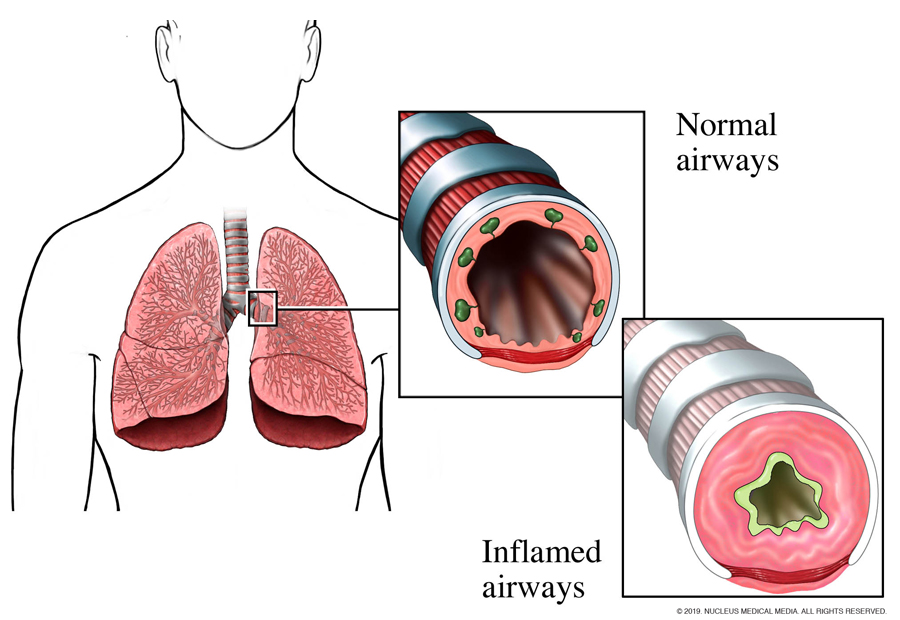
:max_bytes(150000):strip_icc()/hyperinflation-of-the-lungs-914784_final-f92e246c9acf4f58847022f35dc42abc.jpg)


